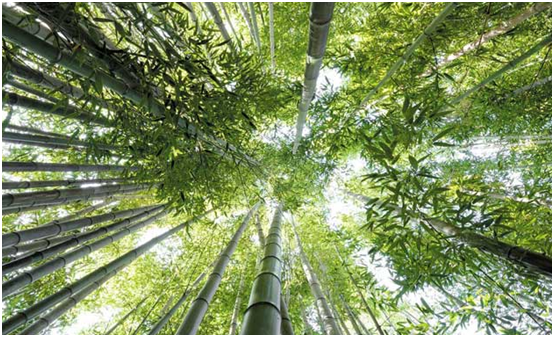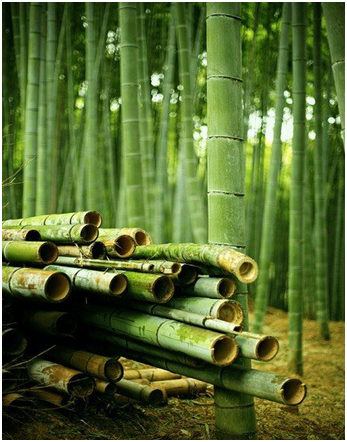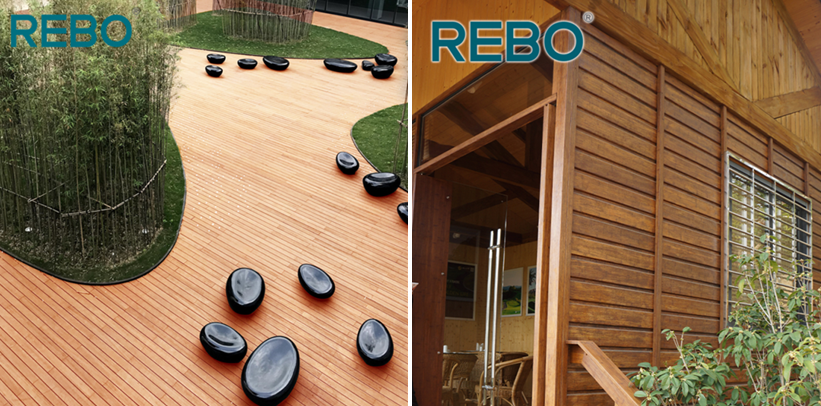Will Moso Bamboo Become Die After being Harvested?
Bamboo is rather famous for how fast and tall it grows, how aggressively it spreads, and for its tremendous sudtainablity. Bamboos are the fastest-growing plants on Earth. A typical bamboo grows as much as 10 centimeter in a single day. Certain species, like moso bamboo (also known as giant timber bamboo), can grow up to a meter during the same period, or about 1 millimeter every 2 minutes. You can actually see the plant grow in front of your eyes. Most species of bamboo reach maturity in just 5 to 8 years. But some of bamboo’s characteristics remain something of a mystery. For example, how long does bamboo live? Will bamboo re-grow when is cut? Or will it become die after being harvested?
Bamboo is a perennial grass, meaning that it lives on year after year, rather than dying off at the end of a year, the way annual grasses like wheat and corn do. Most varieties of bamboo live for a few decades, and some for even a century or more.

Bamboo Has Regeneration Superpowers.
What does that mean?
For other wood species, cutting may means ending. While for bamboo, cutting actually stimulates growth. How does this work? Well, rather than directing energy towards regaining its lost height, a cut bamboo stalk will simply unfurl new leaves. These leaves, in turn, create and send energy down to the root system to encourage the growth of new shoots. The more that gets harvested, the faster it grows. That makes bamboo an incredible renewable resource that can be harvested and will re-grow naturally without the need for manual reforestation. Removing the top of bamboo will not result in cane re-growth, but rather in new leaves growing from the cut. These leaves provide energy to the plant’s underground system, allowing it to sprout new canes.
Will bamboo become die after being harvested?
The answer is definitely NO.
There are normally two types of harvesting, the harvesting of bamboo stems and bamboo shoots. They will both change the age structure of the bamboo stand, but in different patterns. Harvesting bamboo stems will reduce the amount of bamboo plants in their age class when harvested. This increases the proportion of bamboo plants in young age class.
The harvesting of bamboo shoots is a natural process of thinning since without human intervention, more than half of the shoots will degenerate and die naturally before they grow into bamboo plants. Shoots harvesting is thus a thinning activity that takes these weak shoots out before their death.
The harvesting activities will be directly influencing density of the bamboo stand and decreasing proportion of young bamboo plants compared to un-thinned bamboo stands. Harvesting one shoot eliminates one future bamboo plant from the beginning. However, harvesting shoots does not necessarily reduce total bamboo biomass in the future since thinning creates more space for other bamboo plants left in the ground to grow.
Harvesting bamboo regularly is extremely important for the local eco-system. Cutting down the super tall bamboo allows the sunlight to nourish smaller plants that would be otherwise hidden.

As a renewable material, bamboo provides us with an alternative solution towards saving our planet. That's why it becomes more and more popular, and being an replacement of traditional wood in the building industry.

